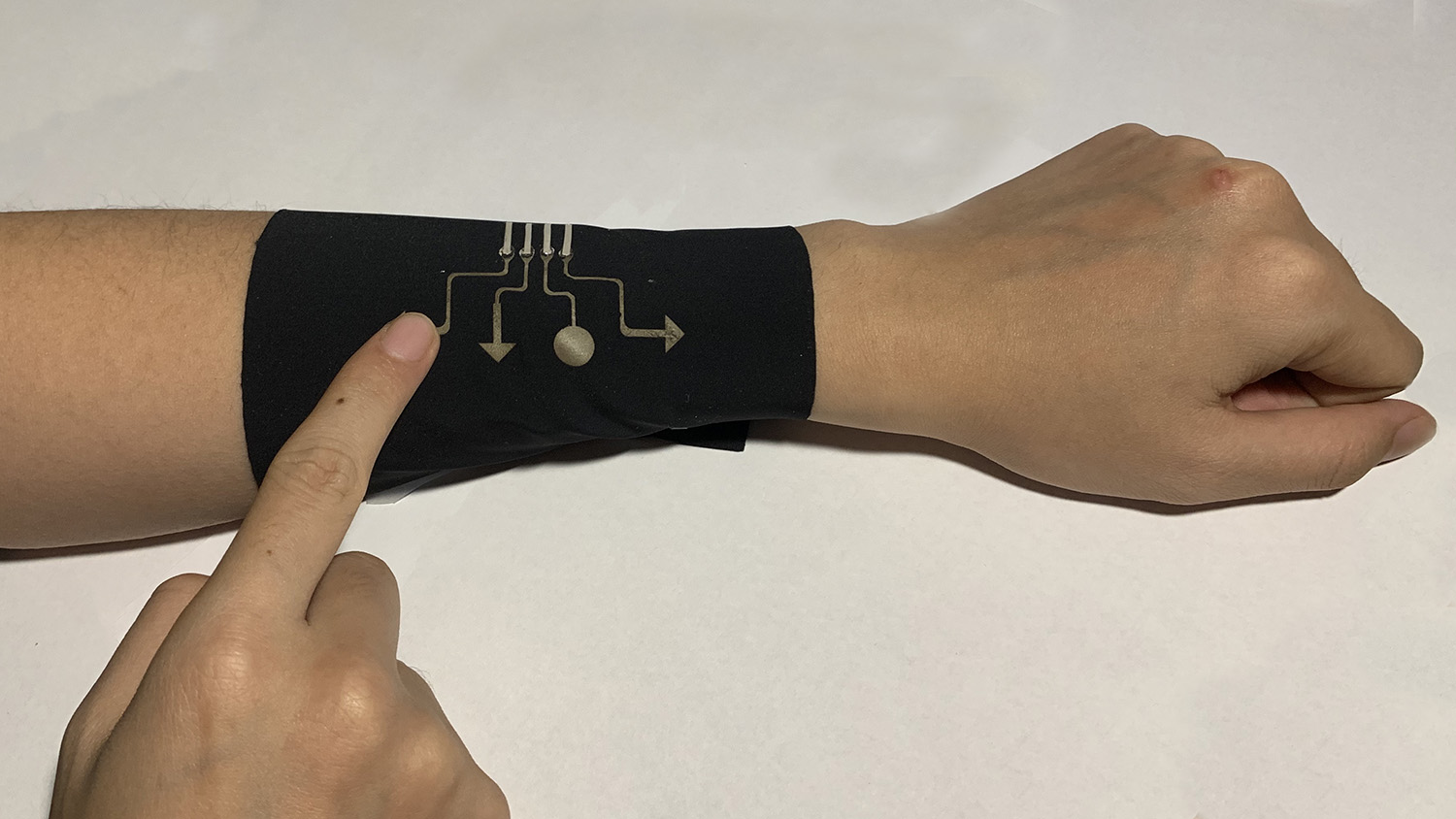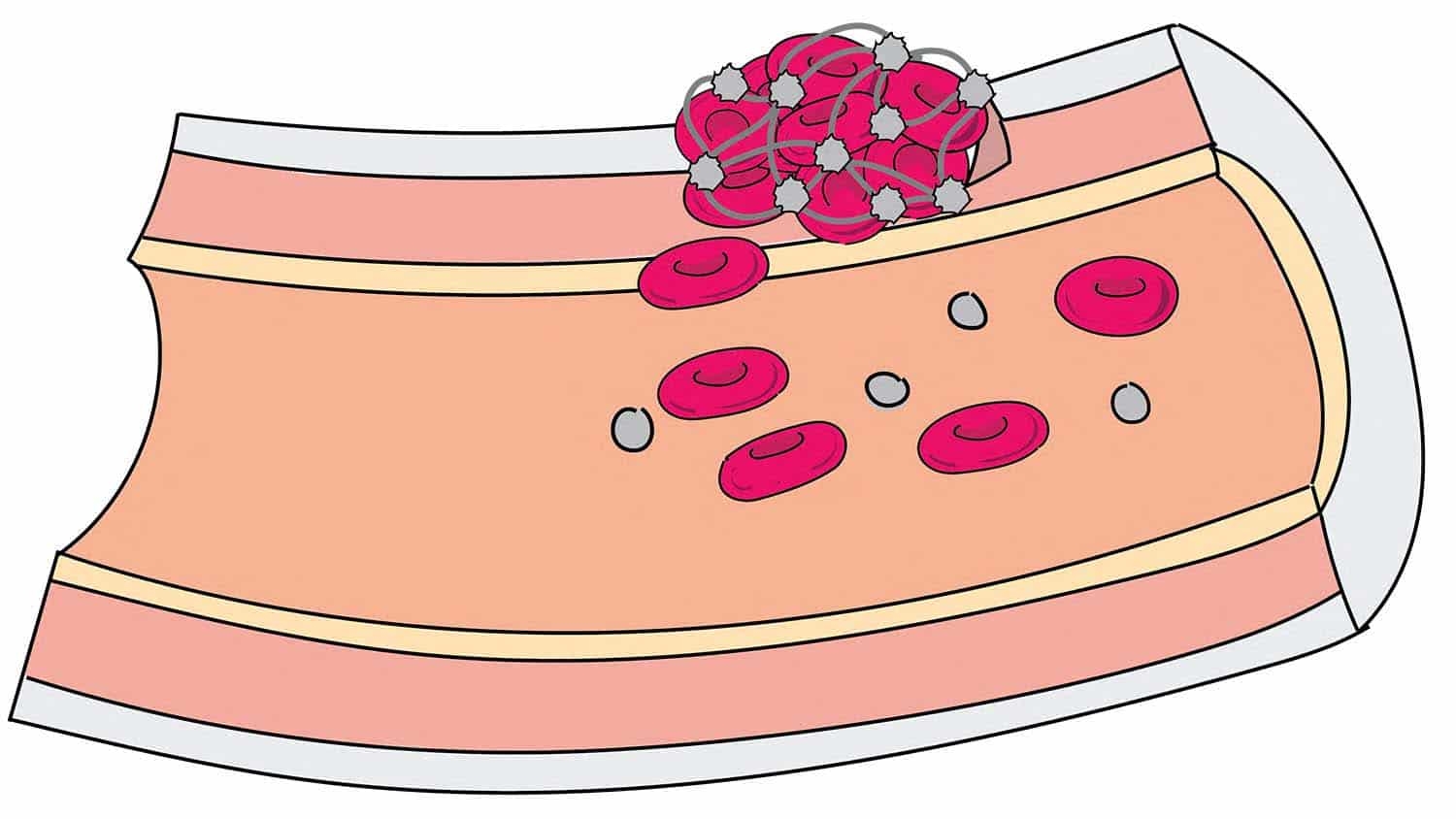‘Breathable’ electronics pave the way for more functional wearable tech

Engineering researchers have created ultrathin, stretchable electronic material that is gas permeable, allowing the material to “breathe.” The material was designed specifically for use in biomedical or wearable technologies, since the gas permeability allows sweat and volatile organic compounds to evaporate away from the skin, making it more comfortable for users – especially for long-term wear.
“The gas permeability is the big advance over earlier stretchable electronics,” says Yong Zhu, co-corresponding author of a paper on the work and a professor of mechanical and aerospace engineering at North Carolina State University. “But the method we used for creating the material is also important because it’s a simple process that would be easy to scale up.”
Specifically, the researchers used a technique called the breath figure method to create a stretchable polymer film featuring an even distribution of holes. The film is coated by dipping it in a solution that contains silver nanowires. The researchers then heat-press the material to seal the nanowires in place.
“The resulting film shows an excellent combination of electric conductivity, optical transmittance and water-vapor permeability,” Zhu says. “And because the silver nanowires are embedded just below the surface of the polymer, the material also exhibits excellent stability in the presence of sweat and after long-term wear.”
“The end result is extremely thin – only a few micrometers thick,” says Shanshan Yao, co-author of the paper and a former postdoctoral researcher at NC State who is now on faculty at Stony Brook University. “This allows for better contact with the skin, giving the electronics a better signal-to-noise ratio.
“And gas permeability of wearable electronics is important for more than just comfort,” Yao says. “If a wearable device is not gas permeable, it can also cause skin irritation.”
To demonstrate the material’s potential for use in wearable electronics, the researchers developed and tested prototypes for two representative applications.
The first prototype consisted of skin-mountable, dry electrodes for use as electrophysiologic sensors. These have multiple potential applications, such as measuring electrocardiography (ECG) and electromyography (EMG) signals.
“These sensors were able to record signals with excellent quality, on par with commercially available electrodes,” Zhu says.
The second prototype demonstrated textile-integrated touch sensing for human-machine interfaces. The authors used a wearable textile sleeve integrated with the porous electrodes to play computer games such as Tetris. Related video can be seen at https://youtu.be/7AO_cq8A_BE.
“If we want to develop wearable sensors or user interfaces that can be worn for a significant period of time, we need gas-permeable electronic materials,” Zhu says. “So this is a significant step forward.”
The paper, “Gas-Permeable, Ultrathin, Stretchable Epidermal Electronics with Porous Electrodes,” is published in the journal ACS Nano. First author of the paper is Weixin Zhou, a Ph.D. student at Nanjing University of Posts and Telecommunications (NUPT) who worked on the project while a visiting scholar at NC State. The paper was co-authored by Hongyu Wang, a Ph.D. student at NC State, and by Qingchuan Du of NUPT. Co-corresponding author of the paper is Yanwen Ma, a professor at NUPT.
The work was done with support from the National Science Foundation, under grant number CMMI-1728370.
-shipman-
Note to Editors: The study abstract follows.
“Gas-Permeable, Ultrathin, Stretchable Epidermal Electronics with Porous Electrodes”
Authors: Weixin Zhou, Qingchuan Du and Yanwen Ma, Nanjing University of Posts and Telecommunications; Shanshan Yao, North Carolina State University and Stony Brook University; and Hongyu Wang and Yong Zhu, North Carolina State University
Published: April 29, ACS Nano
DOI: 10.1021/acsnano.0c00906
Abstract: We present gas-permeable, ultrathin, and stretchable electrodes enabled by self-assembled porous substrates and conductive nanostructures. Efficient and scalable breath figure method is employed to introduce the porous skeleton and then silver nanowires (AgNWs) are dip-coated and heat-pressed to offer electric conductivity. The resulting film has a transmittance of 61%, sheet resistance of 7.3 Ω/sq, and water vapor permeability of 23 mg cm-2 h-1. With AgNWs embedded below the surface of the polymer, the electrode exhibits excellent stability with the presence of sweat and after long-term wear. We demonstrate the promising potential of the electrode for wearable electronics in two representative applications – skin-mountable biopotential sensing for healthcare and textile-integrated touch sensing for human-machine interfaces. The electrode can form conformal contact with human skin, leading to low skin-electrode impedance and high quality biopotential signals. In addition, the textile electrode can be used in a self-capacitance wireless touch sensing system.
This post was originally published in NC State News.
- Categories:


